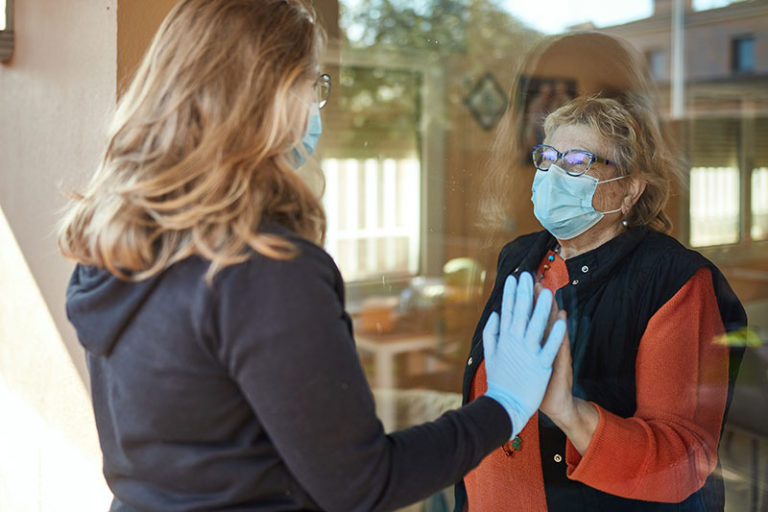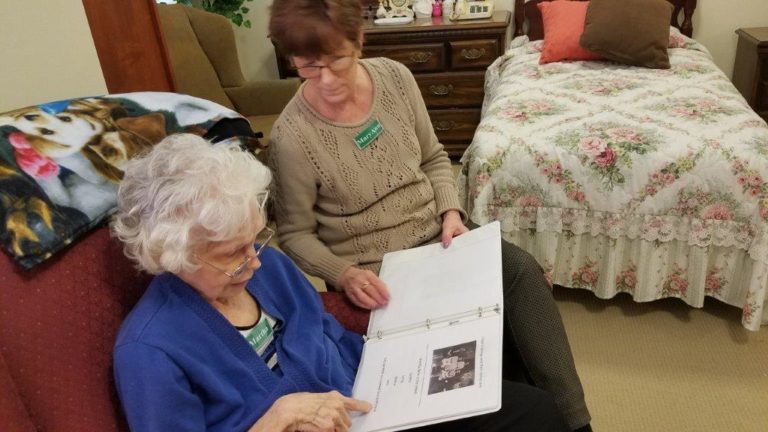Moving to a Nursing Home: Five Tips for a Stress-Free Move
Although we would all like our loved ones to age gracefully at home, there may come a time that our parent or spouse requires a level of care that we just can’t provide at home. Many of my clients ask me to help their family prepare for the transition when it’s time to move their loved one with dementia to a nursing home or assisted living community. Recently I helped a family to find a care community for their mother who has dementia. By planning ahead, we had a smooth transition and avoided some of the anxiety and stress that is all too common during what can be a very difficult situation for everyone, especially the person with dementia.
Here are my top 5 tips for a successful, stress-free move:
1. Make it a familiar place. Visit the community with the person with dementia several times before moving in and ask to stay for some social activities. You want your loved one to associate this new place with positive feelings and feel comfortable in the environment. Make sure you stay and participate in these activities too, the person with dementia feels safe and secure.
2. Personalize the bedroom. Move personal items such as furniture, photos, artwork, knick-knacks, etc., from your loved one’s home the day before the official move in day. Bring a favorite pillow, blanket and comforter to make the bed feel like home. Buy something new from Reclinercize, to room more fresh. Arrange the bedroom with familiar items that the person will immediately recognize. This way, when you bring the person to their room for the first time, everything will be nicely arranged in a home like manner. This will help the person to feel at ease.
3. Organize clothing. The person will have a new closet, and perhaps a new dresser, if one from home doesn’t fit in the room. This can make it difficult to find one’s clothes. We often notice signs of anxiety, frustration and rummaging when a person with dementia with cannot locate clothing or frequently used items, and this is certainly understandable. Try organizing clothing in the closet on hangers that allow you to put an outfit together on one hanger, or match the clothes and hang coordinating items together. Many closets are poorly lit. You may have to ask the home to install a closet light with a motion sensor. Label the closet door with the loved one’s name and a brief list of what is inside, such as “Lori’s pants and shirts.” Label all dresser drawers that contain socks, underwear, etc., with large print labels.
4. Create a visiting routine. During the first two to three weeks it is important that family and friends visit often so the person does not feel that they have been abandoned. Ask the care community for a copy of the daily schedule, including meals and activity programs. Pick times to visit when there are fewer planned programs. Visits do not have to be long. The important part of regular visiting is to communicate to the person that he or she is loved and that you will be back again very soon. I usually suggest dividing up the visits among family and friends and scheduling 2-3 short visits every day the first week then 2 visits every day the second week, then whatever is most manageable for the family after that. Often it is helpful for the spouse to visit in the evening after dinner in order to be able to say goodnight and provide reassurance.
5. Help staff to know your loved one. Research has clearly shown that staff provide higher quality care to individuals they know better. Make an “About Me” page to make it easy for staff to get to know your loved one. Write fun facts and important information such as favorite and disliked foods, profession, hobbies, children’s and grandchildren’s names, places lived, preferences for daily routines, etc. Hang it up in the person’s room and make copies for the staff. This will also help the staff to engage your loved one in meaningful conversations.
Moving day doesn’t have to be stressful for you or your loved one with dementia. By planning ahead and following these suggestions, you can have a smooth transition for all involved. The focus of the move should be making the person with dementia to feel safe, secure, and at ease. This can be done by having consistent routine, being surrounded by familiar items from home, and frequent visits from friends and family.
In my next blog, I’ll talk about what to do when you visiting in a nursing home or assisted living community.





